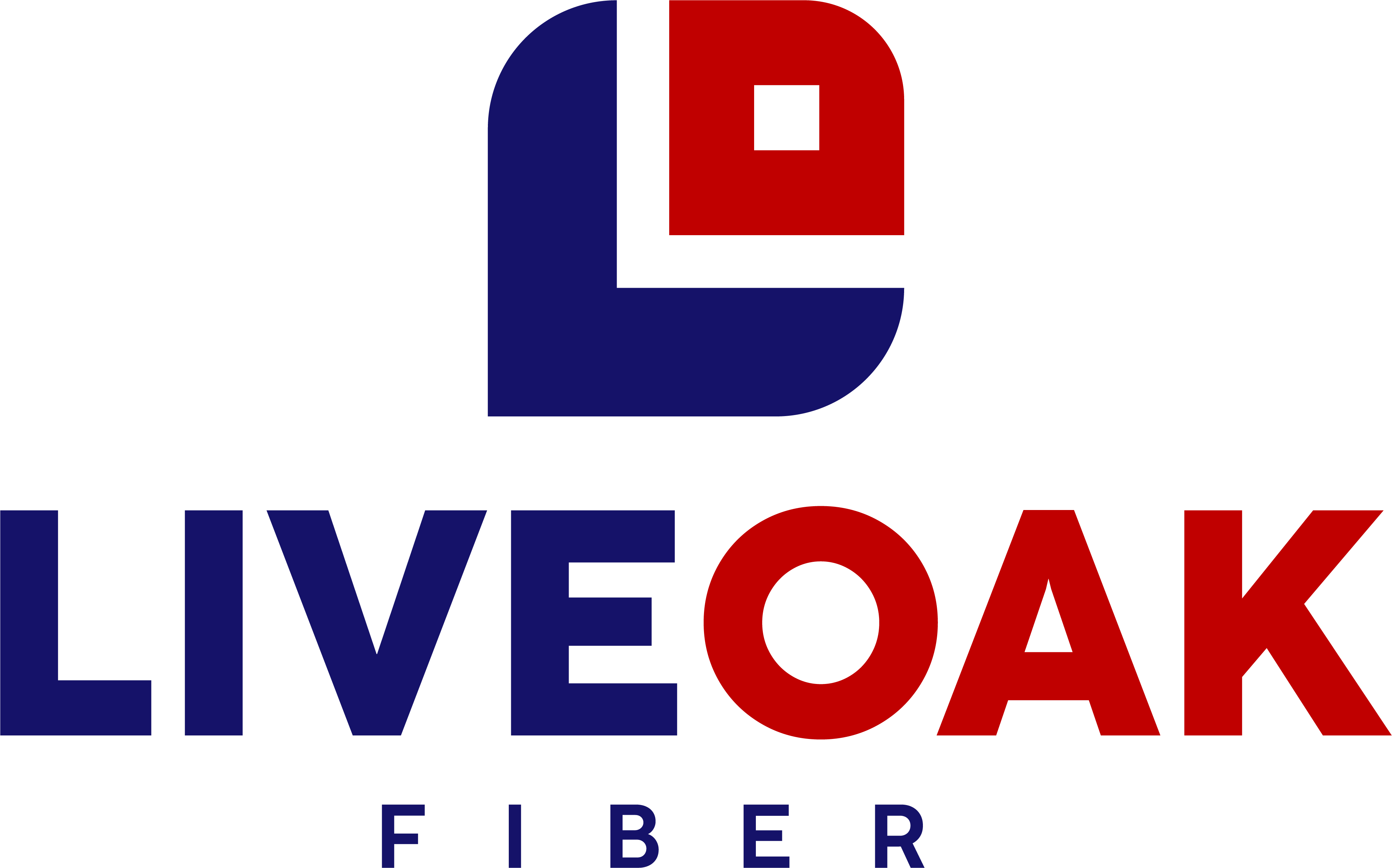A lot of internet service providers (ISPs) try to lure you in with how “fast” their internet service is. But when those same ISPs advertise the speed of their internet, most of them are only telling you half of the story. The truth is, when you have DSL or cable internet, there are two speeds you should consider — download speed (typically the faster one) and upload speed (the one they’d rather not talk about).
Symmetrical Speed vs. Asymmetrical Speed
DSL and cable internet can only provide asymmetrical speeds, typically with the download speed being significantly faster than the upload speed. With cable and DSL internet providers, upload speeds are rarely advertised because that 500 Mbps internet connection isn’t as impressive when you find out the upload speed is only 10 Mbps.
With high-speed fiber, you get symmetrical speeds, meaning your download and upload speed are the same. With fiber internet, a 1,000 Mbps connection delivers 1,000 Mbps download and upload speeds – always.
It’s true that download speeds are important. The devices we use daily are built to download data from the internet. The faster that data can move, the better your device experience will be.
But the technology we depend on is changing, and upload speeds are becoming more and more important.
If you’ve ever tried to post a video to social media and watched the progress bar slowly crawl only to have your upload fail at the end …
Or if you’ve struggled through a garbled video meeting or call only catching every other word because it keeps freezing …
… you’ve witnessed slow upload speeds.
Symmetry Makes the Difference
If you’re thinking that DSL or cable internet is good enough right now, consider how your life is likely growing and changing:
- Working From Home
With remote opportunities on the rise and more employers trending toward a hybrid model of work, the way we work is changing, and there are big benefits. You can throw a load of laundry in the washer in between meetings, go for a jog on your lunch break, put less stress on your car and so much more.But as you adjust to the new world of remote work, don’t underestimate how spending more time at home changes what you need from your internet. Sharing or sending information over the internet is impacted by upload speeds. The faster your upload speeds are, the faster that data can travel.Cloud-based collaboration and file sharing platforms like Microsoft 365, Teams, Zoom, Google Drive, Dropbox, and even iCloud are all tools that perform better with high-speed fiber’s symmetrical speeds.
- Entertainment
When we think about internet-enabled entertainment, most of us think about streaming. Many of us subscribe to a number of streaming services like Netflix, Hulu, ESPN+, HBOgo, Disney+, Apple TV, and on and on. The high-speed connections offered by fiber internet are tough to beat – especially in homes where multiple people are streaming on multiple devices simultaneously. But where fiber internet really shines, and where symmetrical speeds are critical, is in one of the fastest growing entertainment sectors in the world – gaming.In the U.S. alone, there are nearly 180 million digital gamers, and that number is only expected to grow.For online and multiplayer gaming, you need upload speeds that support the constant transfer of data. Fiber internet can give you fast load times and high-quality streaming without the lag of copper-based wires.
- Smart Home Devices
The smart home technology market is booming with no signs of slowing down. Some of the most popular smart home devices are wireless security cameras and doorbells, and it’s easy to see why. They’re small, easy to use, and offer high-quality video to boost home security.But for these devices to perform well, you need (you guessed it) upload speeds. The most popular devices on the market (Ring, Arlo, Blink, etc.) all have minimum upload speed requirements, and that’s just for standard definition streaming. If you want to stream a camera feed in high definition or 4K, those requirements only increase.
Fiber internet can support the increased demand for bandwidth in ways that DSL and Cable just can’t keep up with.
If fiber internet is so much better, why doesn’t everyone have it? Chances are, you already have phone and cable lines running to your home, which is why so many people stick it out with their DSL or cable Internet provider. But there’s a better option.
